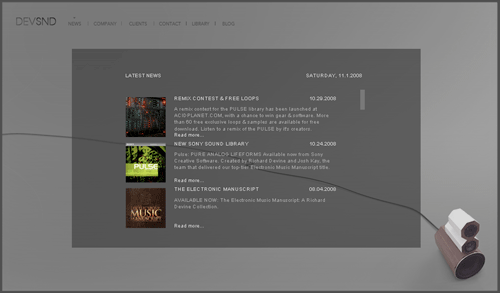The Return of Amateur Science: "Boing Boing’s Mark Frauenfelder explains how the natural tinkerers who built the web are starting to hack the world.
Last week, while browsing the Popular Science archives (which recently became available on Google), I noticed that the earlier issues of this 138-year-old magazine contained quite a few articles devoted to amateur science. The 1940s and 1950s were a heyday for basement-based research, with experiments such as making hydrogen gas, building a photomicrographic camera out of a stovepipe, constructing…
(Via GOOD - Blogs)

